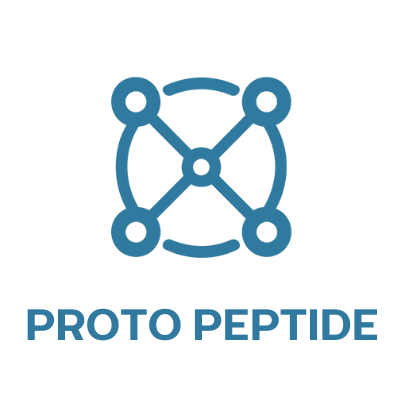Retatrutide and Fatty Liver Disease: A New Frontier in Metabolic Research
Understanding Fatty Liver Disease
Fatty liver disease, now often referred to as Metabolic Dysfunction–Associated Steatotic Liver Disease (MASLD), occurs when excess fat builds up in the liver. When inflammation and damage progress, the condition may develop into Metabolic Dysfunction–Associated Steatohepatitis (MASH), a serious liver disease that can lead to fibrosis, cirrhosis, and liver failure. With obesity, insulin resistance, and type 2 diabetes as major risk factors, there is a growing demand for therapies that target both metabolic dysfunction and liver health.
What Is Retatrutide?
Retatrutide is an experimental triple agonist peptide developed by Eli Lilly. It activates three important hormone receptors—GLP-1, GIP, and glucagon. By targeting this trio, Retatrutide not only improves appetite regulation and insulin sensitivity but also accelerates fat metabolism. Early phase 2 clinical studies have shown unprecedented weight reduction of up to 24% at 48 weeks, surpassing many existing therapies.
Retatrutide’s Potential in Fatty Liver Disease
In addition to weight management, Retatrutide has attracted attention for its potential impact on fatty liver disease. Excess fat in the liver is strongly tied to systemic metabolic dysfunction, and treatments that improve insulin resistance and promote fat breakdown may also improve liver health. Preliminary trial data suggest Retatrutide could reduce liver fat content and improve markers of inflammation and fibrosis.
Similar to how dual agonists like Tirzepatide have demonstrated significant improvements in MASH resolution, researchers believe Retatrutide’s broader mechanism may produce even more pronounced results in ongoing and future studies.
Key Mechanisms of Action
- GLP-1 agonism: Improves insulin sensitivity and reduces liver fat by lowering circulating glucose and lipids.
- GIP agonism: Enhances insulin secretion and may improve energy partitioning, reducing fat storage in the liver.
- Glucagon agonism: Increases energy expenditure and promotes fat oxidation, which may directly decrease hepatic steatosis.
Latest Clinical Insights
Phase 2 trials have already demonstrated Retatrutide’s strong metabolic benefits, and while liver-specific endpoints are still under investigation, early signals are promising. Experts anticipate that upcoming Phase 3 TRIUMPH studies will shed more light on Retatrutide’s role in fatty liver disease, including its ability to resolve MASH and improve long-term liver outcomes.
These findings will be especially important as global rates of MASLD continue to climb, and Canada in particular faces increasing cases linked to obesity and type 2 diabetes. A therapy that can address both weight and liver disease simultaneously would represent a major leap forward in clinical research.
What This Means for the Future
If larger trials confirm Retatrutide’s effectiveness in fatty liver disease, it could become one of the first therapies to address obesity, diabetes, and liver dysfunction together. This “all-in-one” approach could transform treatment strategies in hepatology and metabolic medicine, giving researchers, clinicians, and patients a powerful new tool.
Shipping & support
We ship throughout Canada and the United States and provide documentation (COA/COC) on request. If you need help with storage or dosing for in-lab protocols, check out our Reconstitution Guide and Peptide Storing Guide
Conclusion
Retatrutide is still under clinical investigation, but the early evidence points to a breakthrough therapy with the potential to reshape how fatty liver disease is studied and treated. By targeting multiple hormone pathways, it goes beyond weight reduction to potentially address one of the fastest-growing liver health concerns worldwide. As results from ongoing studies emerge, Retatrutide could mark the beginning of a new era in metabolic and liver research.
Disclaimer
This content is for informational and research-related purposes only. The peptides mentioned in this article are intended strictly for use in controlled laboratory settings by qualified professionals. It is not approved for human or veterinary use. Always follow your institution’s guidelines and consult safety data sheets (SDS) before handling any research chemical.
